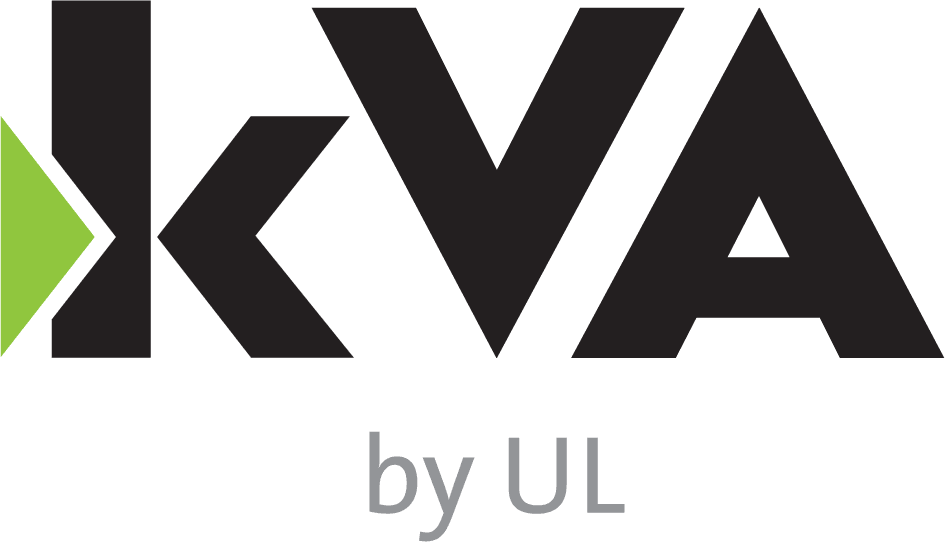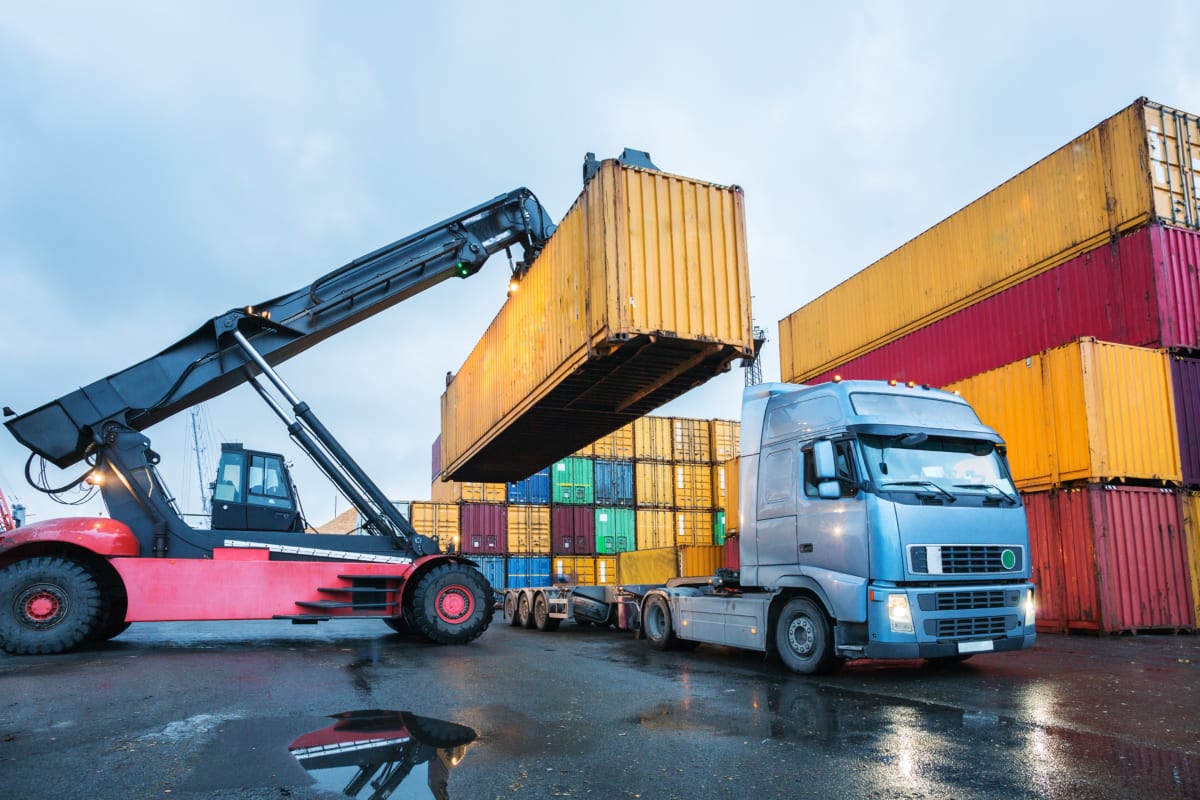Did you know that the ISO 26262 standard was derived from IEC 61508? In fact, their vocabulary, methodologies, and applications still overlap today. So, how do you know which standard to incorporate into your industry’s functional safety best practices?
Let’s begin with IEC 61508. This seven-part industrial related standard is most often used for machinery, oil wells, chemical plants, nuclear sites, forklifts and robots.
- Part 1: Overall normative requirements at system level
- Part 2: System and hardware development
- Part 3: Software development
- Part 4: Definitions
- Parts 5, 6, 7: Informative guidelines
Whereas, the ISO 26262 twelve-part standard is strictly for on-road vehicles, such as passenger cars, trucks, busses and motorcycles, covering the concept through production stage for electrical/electronic systems.
- Part 1: Vocabulary
- Part 2: Safety management
- Part 3: Concept phase
- Part 4: System development
- Part 5: Hardware development
- Part 6: Software development
- Part 7: Production and operations
- Part 8: Supporting processes
- Part 9: ASIL oriented analysis
- Part 10: Informative guidelines
- Part 11: Semiconductors
- Part 12: Adaptations for motorcycles
Both standards address the importance of safety analyses, such as Fault Tree Analysis (FTA), Failure Modes and Effects Analysis (FMEA) and quantified analysis. However, the hardware metrics between the two standards are completely different, although they use a common technique such as the Failure Modes and Effects Diagnostics Analysis (FMEDA).
Another key difference is in the risk analysis. ISO 26262 uses a very specific Hazard Analysis and Risk Assessment (HARA) that is built into the standard. However, IEC 61508 allows more flexibility for their Hazard and Risk Analysis in which various techniques can be used to evaluate hazards, including techniques common in the ISO 12100 standard.
Additionally, IEC 61508 calls their stringency levels Safety Integrity Level (SIL); whereas, ISO 26262 uses Automotive Safety Integrity Levels (ASIL). This stringency is defined as:
- SIL: 1 (least critical), 2, 3, 4 (most critical)
- ASIL: A (least stringent), B, C, D (most stringent)
To better explain these guidelines, similarities and differences, UL now offers UL Certified Functional Safety Professional (UL-CFSP) automotive and IEC 61508 training with the option to certify. For a list of course offerings, dates and pricing visit our training page or UL’s Knowledge Solutions site.

